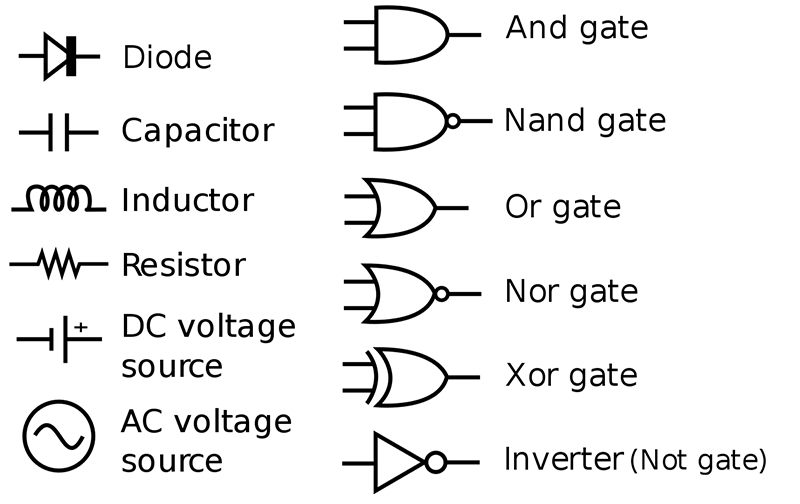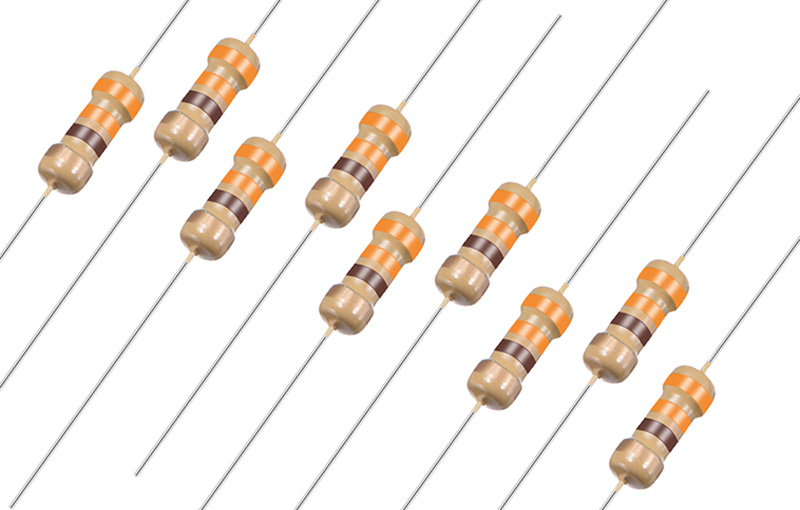COM | Components 61-81
An electronic component is any basic discrete device or physical entity in an electronic system used to affect electrons or their associated fields. Electronic components are mostly industrial products, available in a singular form and are not to be confused with electrical elements, which are conceptual abstractions representing idealized electronic components and elements. Electronic components have a number of electrical terminals or leads. These leads connect to other electrical components, often over wire, to create an electronic circuit with a particular function (for example an amplifier, radio receiver, or oscillator). Basic electronic components may be packaged discretely, as arrays or networks of like components, or integrated inside of packages such as semiconductor integrated circuits, hybrid integrated circuits, or thick film devices. The following list of electronic components focuses on the discrete version of these components, treating such packages as components in their own right.
Components can be classified as passive, active, or electromechanic. The strict physics definition treats passive components as ones that cannot supply energy themselves, whereas a battery would be seen as an active component since it truly acts as a source of energy.
Autaba Compoments Alpha Index
61 Buttons and Switches 62 Battery 63 Cables 64 Capacitors
65 Connectors 66 Data Loggers 67 Diodes 68 Encoders 69 ICs
70 LCDs and OLEDs 71 LEDs and Illumination 72 Logic 81 Lasers
73 Magnets 74 Memory Cards 75 Oscillators 76 Potentiometer
77 Power 78 Resistors 79 RTC(Real Time Clock) 80 Transistors
Autaba Compoments Image Index
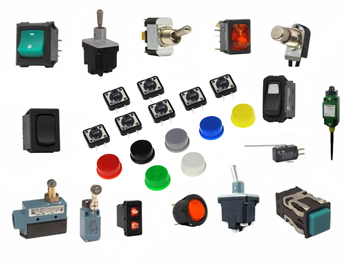
62 Battery

63 Cables
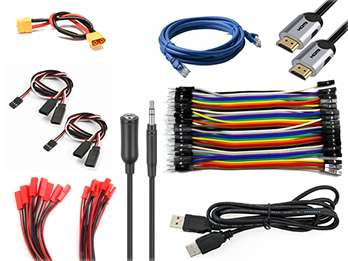
64 Capacitors
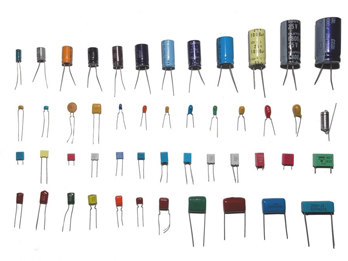
65 Connectors
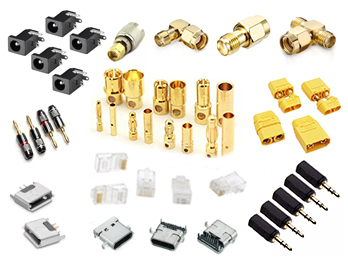
66 Data Loggers
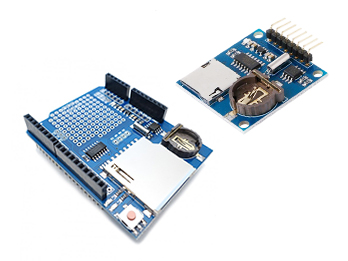
67 Diodes
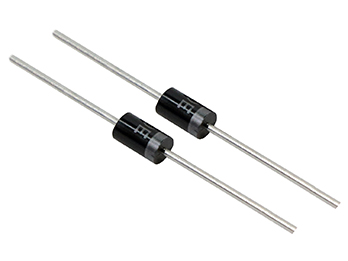
68 Encoders
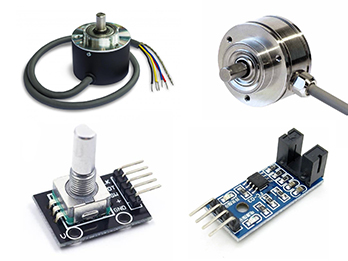
69 ICs
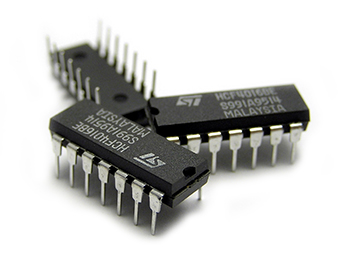
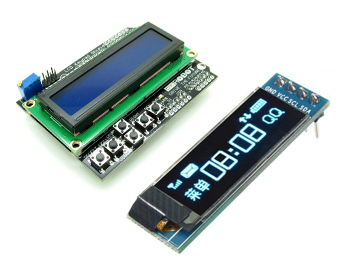
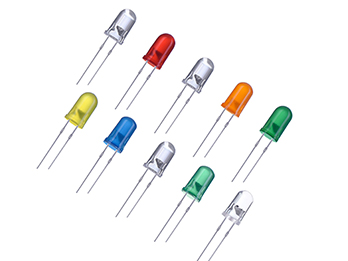
72 Logic
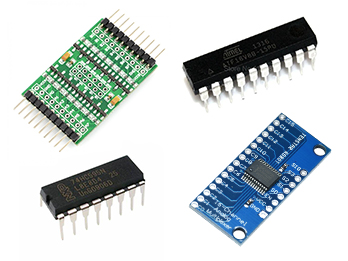
73 Magnets

74 Memory Cards
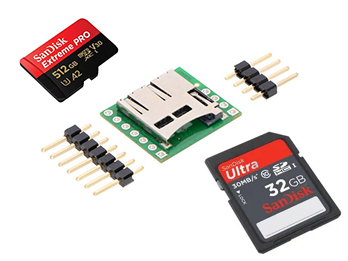
75 Oscillators
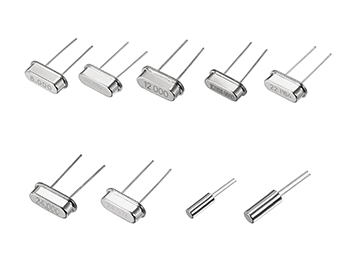
electronic component is any basic discrete device or physical entity in an electronic system used to affect electrons or their associated fields. Electronic components are mostly industrial products, available in a singular form and are not to be confused with electrical elements, which are conceptual abstractions representing idealized electronic components and elements. Electronic components have a number of electrical terminals or leads. These leads connect to other electrical components, often over wire, to create an electronic circuit with a particular function (for example an amplifier, radio receiver, or oscillator). Basic electronic components may be packaged discretely, as arrays or networks of like components, or integrated inside of packages such as semiconductor integrated circuits, hybrid integrated circuits, or thick film devices. The following list of electronic components focuses on the discrete version of these components, treating such packages as components in their own right.
Components can be classified as passive, active, or electromechanic. The strict physics definition treats passive components as ones that cannot supply energy themselves, whereas a battery would be seen as an active component since it truly acts as a source of energy.
Autaba Compoments Alpha Index
61 Buttons and Switches 62 Battery 63 Cables 64 Capacitors
65 Connectors 66 Data Loggers 67 Diodes 68 Encoders 69 ICs
70 LCDs and OLEDs 71 LEDs and Illumination 72 Logic 81 Lasers
73 Magnets 74 Memory Cards 75 Oscillators 76 Potentiometer
77 Power 78 Resistors 79 RTC(Real Time Clock) 80 Transistors
Autaba Compoments Image Index

62 Battery

63 Cables

64 Capacitors

65 Connectors

66 Data Loggers

67 Diodes

68 Encoders

69 ICs



72 Logic

73 Magnets

74 Memory Cards

75 Oscillators

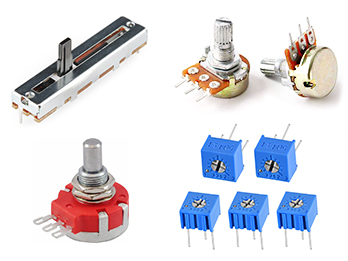
77 Power

78 Resistors
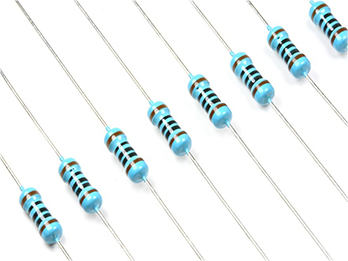
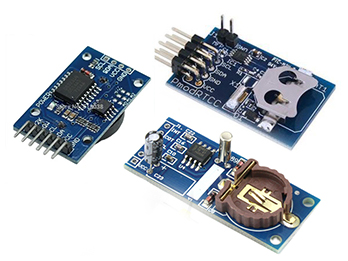
80 Transistors
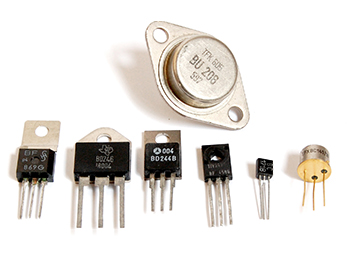
81 Lasers

/potentiometer.jpg" title="Potentiometer " alt="Potentiometer"/>
77 Power

78 Resistors


80 Transistors

81 Lasers

Copyright Notice:This article is an original article, the Copyright belongs to Autaba Welcome to share this article, Please keep the source for reprinting!
